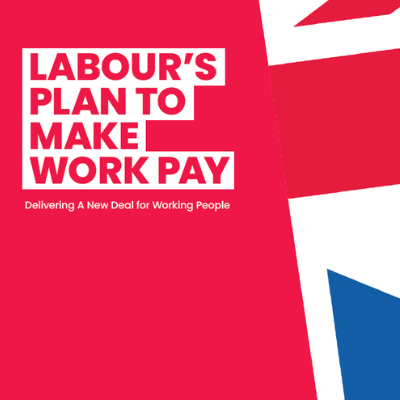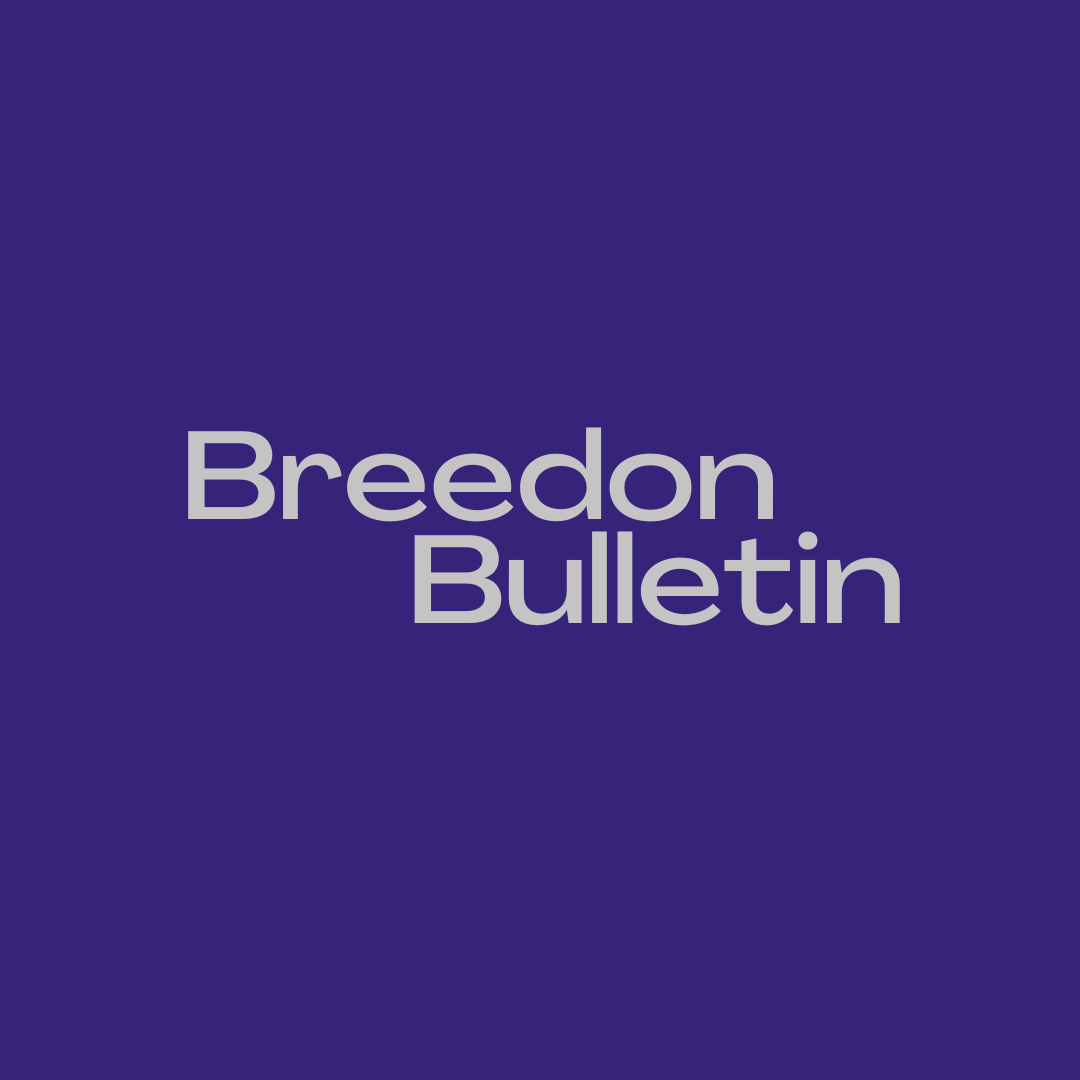Latest News
Latest News & Blogs

The three biggest workplace conflicts and how to fix them Workplace conflict is nothing new. We spend a huge chunk of our lives at work, rubbing shoulders with managers and colleagues who have different personal values, beliefs and work ethics to our own. Throw into the mix a lack of communication, a healthy competition for promotions and a sprinkle of stress and pressure - and it’s no wonder disputes flare up! It’s a normal part of work life. But, here’s the thing. Many people struggle with managing conflict and it’s not always their fault. The idea of addressing an issue or confronting another person can be a major stress trigger, often leading to situations that quickly spiral out of control. Let’s take a closer look at workplace disputes, shine a light on some of the biggest workplace conflicts and explore techniques to handle them like a pro. What is conflict at work? While the dictionary might define conflict as a serious disagreement, argument or clash, it’s hard to pin down a precise definition for workplace conflict. One person’s idea of a ‘tricky situation’, and how they react to it, might be completely different from someone else’s. Some conflict at work can be positive. For example, using a problem-solving approach that brings varying opinions together to reach a creative solution, when handled well, can be a great thing. But that’s not always the case. Workplace conflict can happen across a range of behaviours, from low-key differences of opinion or a cross word in the office kitchen about spilt milk, through to serious incidents of bullying and harassment. The negative impact of conflict at work When left to fester, conflict at work can be hugely damaging. It can taint a person’s experience of coming to work, seriously damage performance and productivity, create stress, anxiety and an extra workload. Unchecked, conflict can escalate into formal disciplinary or grievance cases—and potentially go all the way to an employment tribunal. That’s why it’s crucial to address conflict before it gets out of hand and resolve it quickly. Why are people worried about tackling conflict? Conflict resolution can be stressful and daunting. For some, the thought of addressing an issue or confronting someone can be overwhelming. When they do finally pluck up the courage, there’s also the fear of handling it poorly, which could make the situation blow up in everyone’s face. How to handle conflict at work The key to managing conflict well is to first recognise what type of conflict is happening, so you can tackle it most appropriately. Here are the three main workplace conflicts—with some strategies to nip them in the bud before things spiral out of control. 1. Communication breakdown Misunderstandings, different ways of processing and expressing information or a lack of clear communication, can lead to confusion and disagreements. When communication falters, even small issues can escalate into significant conflicts. To address this, start by identifying how the breakdown occurred. Pinpoint the root cause, then develop a plan for resolution. Choose the most appropriate communication channel—whether face-to-face, phone or email—and ensure your language is clear, respectful and mindful of tone. Always follow up to confirm that the issue has been fully resolved. 2. Personality clashes Not everyone gets along at work. Different personalities and work styles can sometimes clash, especially when people have wildly different approaches to problem-solving or decision-making. Understanding the nature of the conflict is crucial. Encourage your team to respect each other’s differences and points of view. Providing emotional intelligence and conflict resolution training can help people see things from another’s perspective. The goal is to find a solution; while they don’t need to be best friends, they do need to work together effectively. 3. Power struggles These types of struggles often stem from battles over authority, control or influence - especially if there is a lack of clarity in leadership roles. While competition for power is natural in business, it doesn’t have to be destructive. To address this, establish a clear organisational structure with well-defined roles and responsibilities. Foster teamwork and collaboration and offer development opportunities to channel competitive energy in a positive direction. Conflict at work is inevitable, but as a business owner that doesn't mean you have to accept it. While dispute resolution can be daunting, identifying the type of conflict and addressing its underlying causes through effective communication, clear role definitions and conflict resolution strategies can help to create a more collaborative—and conflict-free—environment. Worried about a conflict brewing in your business? Need a confidential chat to discuss this further? Please get in touch, we’re always happy to help!

King's Speech - Employment Rights Bill and what you need to know 17 th July 2024 saw the much anticipated Kings speech, in which Labour set out its plans for legislation changes which they will implement in their first months in government. Whilst the King made little reference to employment legislation, from the Prime minister’s briefing note which gives the detail, it seems pretty clear that significant changes are planned as Labour implement their ‘new deal for working people’ in full, with the introduction of the Employment Rights Bill. It’s fair to say that a lot of this was expected when Labour were elected, but we now know that change is definitely coming, so it’s time to start planning! The Plan includes commitments to the following: · Making parental leave, sick pay and protection from unfair dismissal available from day 1 on the job for all workers · Banning exploitative zero hours contracts, ensuring workers have a right to a contract that reflects the number of hours they regularly work · Ending ‘fire and rehire’ and ‘fire and replace’ by reforming the law to provide effective remedies · Strengthening Statutory Sick Pay by removing the waiting period and lower earnings limit to make it available to all workers · Making flexible working the default from day one for all workers with employers required to accommodate this as far as is reasonable · Strengthening protections for new mothers by making it unlawful to dismiss a woman who has had baby for six months after her return to work, except in specific circumstances · Establishing a new Single Enforcement Body to strengthen enforcement of workplace rights · Establishing a fair pay agreement in the adult social care sector and potentially other sectors · Reinstating the School Support Staff Negotiating Body · Updating trade union legislation so it is fit for a modern economy · Simplifying the process of statutory union recognition There’s little detail as yet, but if you want to get ahead of this and make appropriate plans to make sure you’re ready when it comes, give us a call and we’ll set up an initial chat to discuss how this might affect you and what we can do to help. In the meantime, it’s worth having a think about your processes that might be affected, in particular your onboarding process, performance management, how you handle short service dismissals and absence management procedures.

Did you know there are different types of company culture? Let’s take a peek at the four types of company culture, along with their pros and cons: Clan Culture Clan culture thrives in startups, where a nurturing and supportive environment is highly valued. Employees are like family and prioritise maintaining strong interpersonal relationships. The risk? Too much freedom and fun can lead to a lack of focus. Adhocracy culture Here, there's a strong emphasis on flexibility and innovation, often seen in modern tech companies where creativity and new ideas flourish. There’s a downside though, as it can become chaotic with undefined roles. Market culture A market culture is driven by performance and results, emphasising profit and market share over community. A little warning: it can lead to burnout, potential conflicts between competitive employees and dishonesty. Hierarchy culture This is the most traditional type of business culture, centered around a clear hierarchical structure with defined processes. It comes with strict rules though, plus close supervision and multiple layers of management, which can feel a little rigid. As a business owner, taking a serious look at your company culture and its alignment isn't just a theoretical exercise—it delivers tangible benefits that propel your business to success. Need some help refining your company culture? Get in touch! #CompanyCulture #Values #Framework #BusinessSuccess

Just a reminder… as HR professionals, we're here for you. That’s YOU, the business owner! Sometimes that message gets lost, because we - and everyone else in our industry - spend so much time talking about keeping your employees happy and motivated. Making sure you’re doing everything by the book. Talking about employee rights and discrimination and training and development. But do you know WHY we place such a focus on these things? To get YOU the best results for your business We don’t want to see you being dragged through a tribunal because an employee has made a massive mistake, but you forgot to follow the right procedure to get rid of them. And we certainly don't want to see you stuck working with a bunch of poor performers because you didn't set the correct probationary periods. It's in YOUR best interest to develop a team of happy, loyal, motivated people, because ultimately, it helps your business grow and you reach your goals a lot faster. I understand that sometimes you might need to control a situation and make it work in your favour, for the good of the business. For example, you might need to get rid of a really terrible employee before they make a mistake that could cost you dearly Sometimes, you might need to reduce your costs without losing your best people. We can help make it happen in a way that saves you unnecessary stress, and that won't leave you liable to repercussions. If you are facing a tricky situation right now, let's have a conversation to see how we can help you manage it in a way that's best for the business. #HRConsultant #BestForTheBusiness #HereForYou #EmploymentLaw

Stop beating yourself up! In an ideal world, our business would run seamlessly. No complaints, no grievances, just a bunch of happy and motivated employees. But that's not reality…even the most successful businesses have people problems. Having people issues doesn’t make you a bad employer, it makes you a normal one! That’s because: A diverse workforce brings together a blend of personalities, opinions, values and work styles. This fuels creativity but can also lead to misunderstandings. Factors like stress, workload and organisational changes can contribute to issues. And, let’s be honest, sometimes problem employees are unavoidable. People issues can also be a sign of growth. Expansion, restructuring or new management can often result in a temporary surge in HR challenges. However, unresolved issues can damage your reputation and bottom line, especially if they escalate to legal disputes. Persistent problems can erode morale and create a toxic work environment. What distinguishes a good employer from a bad one is HOW they handle people issues. Got people issues on your mind? We’re here to help you sort them out in the right way. Get in touch for a confidential chat. #PeopleIssues #ER #Strategies #Culture

Ever heard of the Employee Life Cycle model? It’s a framework us HR consultants use to review the key moments of the employee life cycle. It’s really important to give employees a great experience, as this pays you back in so many different ways. There are seven moments of the Employee Life Cycle: Attraction: The goal is to create a great employer brand to attract the best people Recruitment: The goal is to create a smooth recruitment process Onboarding: The goal is to get the employee up and running as quickly as possible Retention: The goal is to keep employees happy and engaged Development: The goal is to provide learning and developing to future proof your workforce Offboarding: The goal is to manage the exit process smoothly and professionally Happy leavers: The goal is to maintain positive relationships with former employees Going through the stages of the Employee Life Cycle in this way can help you to break down what you need to do to give employees the best experience you can. For more information about this, or to chat about any HR issue you may have, then please feel free to get in touch for a confidential chat. #EmployeeLifeCycle #EmployeeExperience #EmployeeJourney #Culture

‘ Toxic employees’ can pose significant challenges and their behaviour can have wide-reaching consequences both at work and outside of it. Toxic employees are individuals whose words and actions negatively impact others. Toxic behaviour in the workplace can include a broad range of actions and characteristics; from subtle, covert behaviours such as gossiping, procrastinating, persistent negativity and passive aggression. These individuals tend to display overconfidence, an aversion to rules or procedures and a lack of respect or willingness to work well with or cooperate with their colleagues. Toxicity can also take a much darker form; with overt actions such as bullying, harassment and discrimination. These individuals can display aggravating behaviours such as belittling, insulting and humiliating others or purposely excluding people from projects or meetings. Regardless of how these behaviours are manifested, the consequences can be poisonous. Toxic employees and their negative attitudes can disrupt behaviour and cause conflict, and a lack of accountability can have a significant impact on productivity, morale and even the reputation of your business. When this happens, it’s time to address the issue head-on, without delay. Rather than avoiding tackling toxic behaviour, there are proactive steps you can take to address toxicity both tactfully and swiftly. Although it can be challenging, identify the toxic behaviour and gather clear evidence before considering any form of action. Try identifying the root cause of the problem, offer honest and concrete feedback and set reasonable but firm targets for improvement. They may be unaware of their behaviour and want to make a positive change For severe cases, it may be necessary to progress with a full investigation. Depending on the findings, you may need to confirm if disciplinary or other action is required. Potential outcomes could include a first or final written warning, or summary dismissal if gross misconduct is found. If so, legal advice is advisable. Clear policies that outline expectations, consequences and procedures to address toxic behaviour are crucial. You must follow these by the book and consistently, along with adhering to the ACAS code of conduct, to avoid legal hot water. Toxic workplace culture is a potential threat to every business and should be proactively addressed in order to keep the workplace healthy and successful. Do you have a bad apple and need support? Get in touch! #ToxicEmployee #ToxicWorkplace #Strategies #Engagement

When it comes to workplace resources, your company handbook is the cornerstone. From vital business information, progressive policies and your company values, a well-crafted handbook provides guidance and clarity and fosters a cohesive and supportive environment. It facilitates crystal-clear communication, enhances the employee experience and streamlines the onboarding and training processes. It can also attract and retain top talent. While not legally required on their own, a well-structured handbook can safeguard you against legal risks and prevent any confusion or uncertainty among employees when it comes to following your policies and procedures. The benefits of a well-structured handbook are numerous! Here’s four key advantages that could positively impact your business: Enhance Your Talent Strategy Not only does it give new employees a warm and professional welcome, but your handbook also serves as a valuable reference guide for all employees, providing clarity on company values, policies and support resources. This boosts engagement and reinforces their connection to the business. Protect Yourself Legally It can act as a shield against potential legal action. By clearly outlining your expectations and standards of behaviour, you demonstrate a commitment to treating people fairly and also avoid any confusion or misunderstandings. Showcase Progressiveness Incorporating policies into your handbook that exceed the statutory minimum, such as enhanced family leave, or less traditional policies on areas such as menopause or gender identity, shines a light on your commitment to diversity and inclusivity. It positions you as an innovative and forward-thinking business. Empower Leadership It can act as a manual for your managers, boosting their confidence and equipping them with the knowledge to make fair and informed decisions, and consistently apply policies across their teams. Creating a company handbook is a dynamic process, requiring regular review to keep it fresh and aligned with your evolving business. Generic templates might save you time, but partnering with an HR Consultant to create a personalised handbook ensures legal compliance and reflects your commitment to progressiveness and inclusivity. If you need help updating one or any general advice, get in touch! #CompanyHandbook #Engagement #HRConsultant #HRPartner
Interested in our services? We’re here to help!
Interested in our services? We’re here to help!
We want to know your needs exactly so that we can provide the perfect solution. Let us know what you want and we’ll do our best to help.


